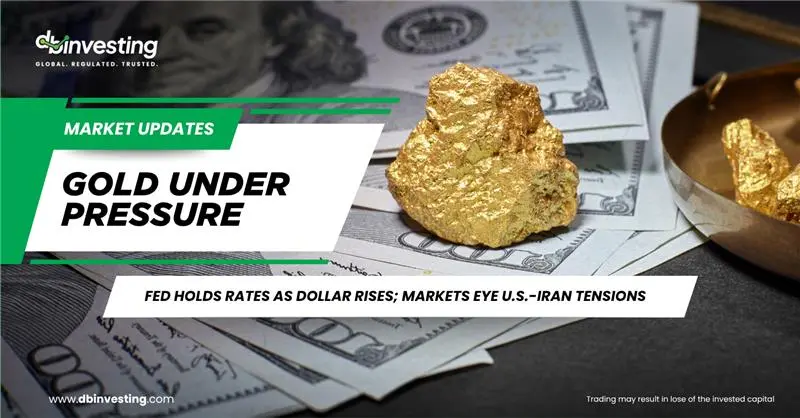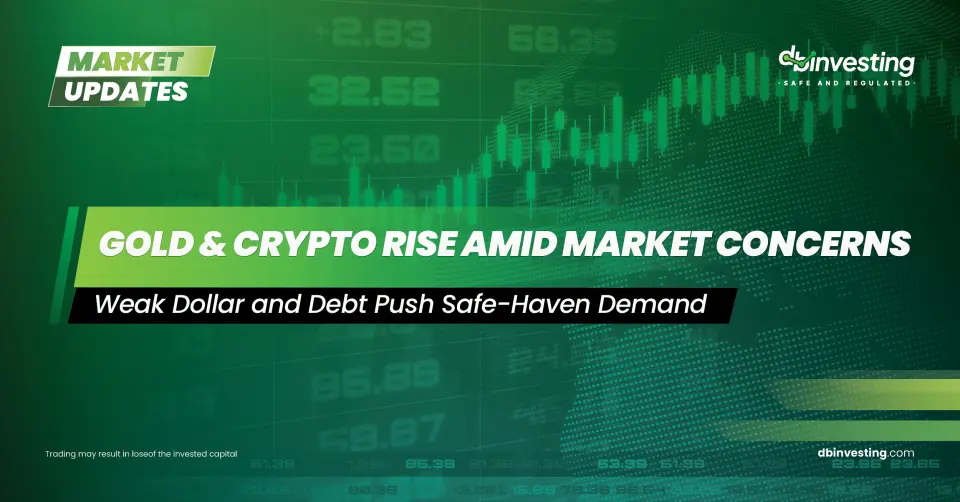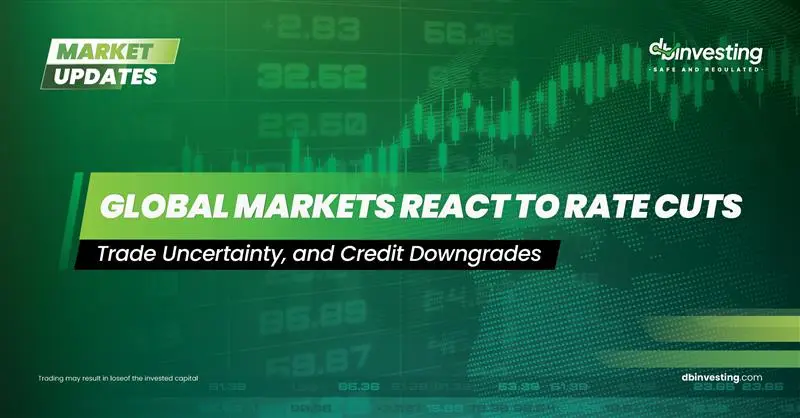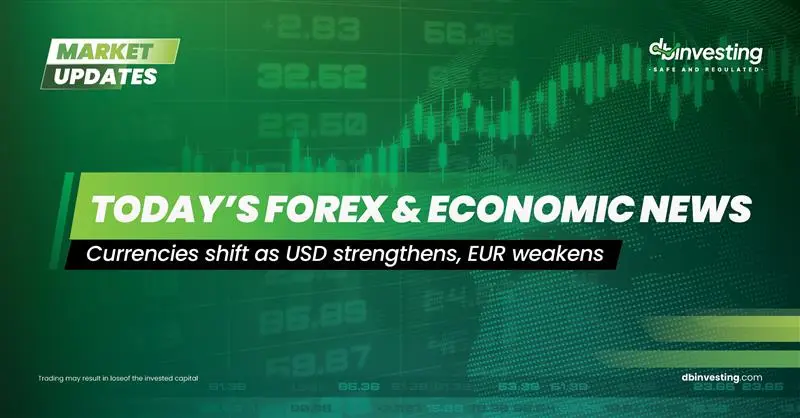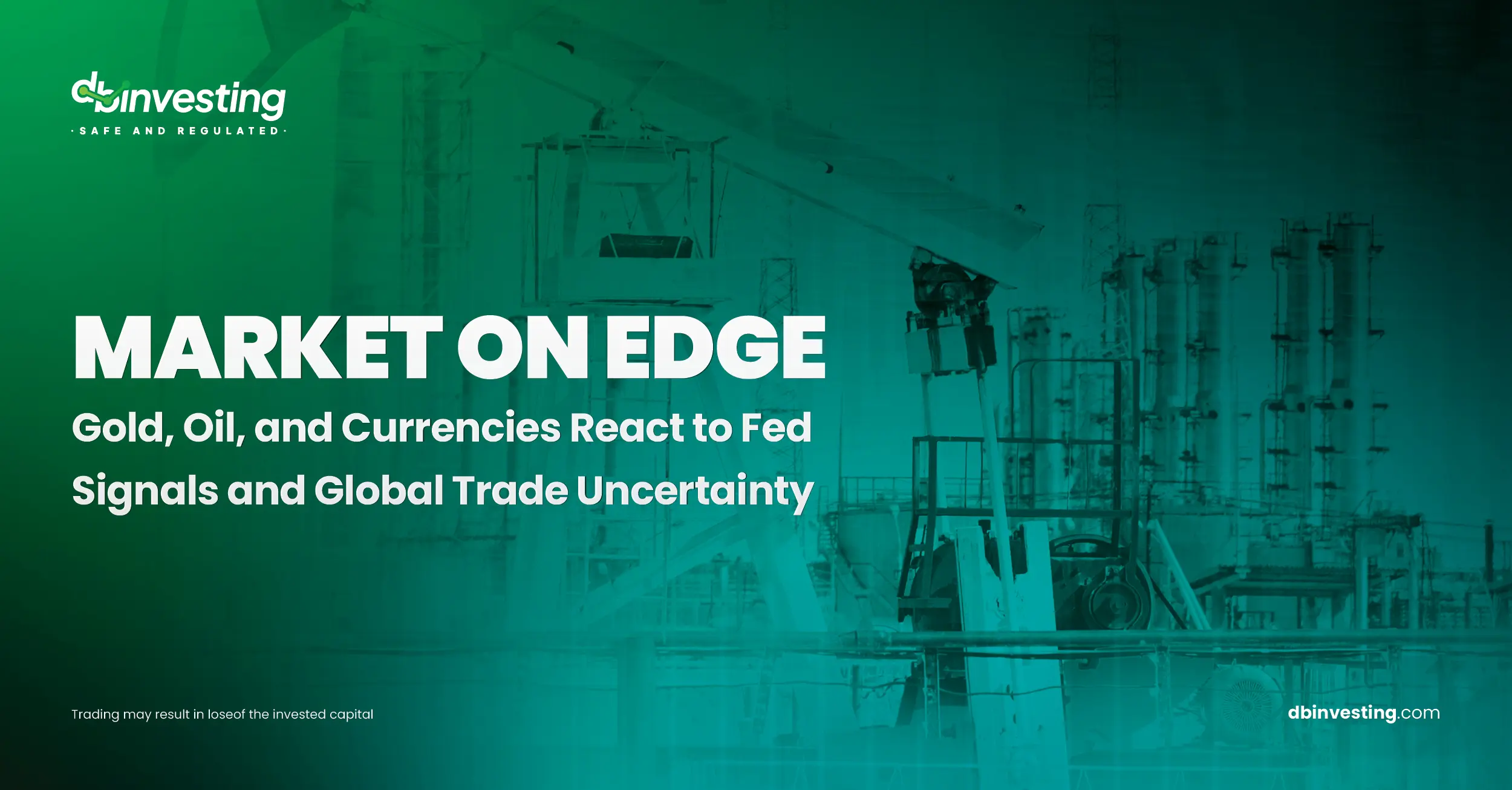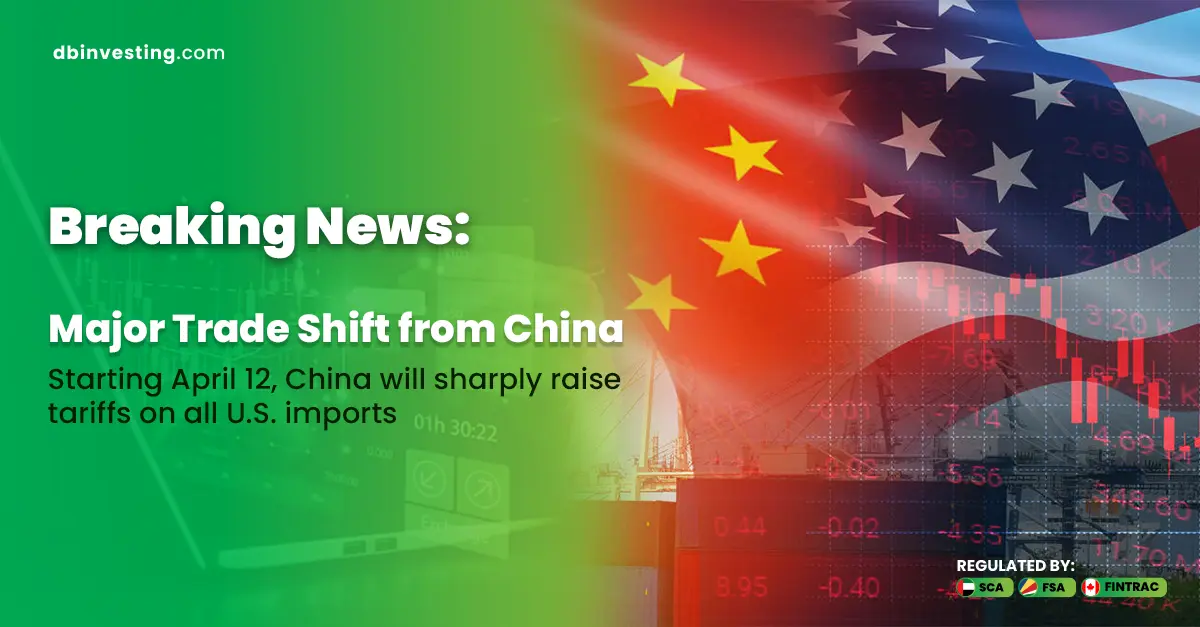Fed’s Hawkish Tone and Middle East Tensions Drive Market Volatility
Gold Slips Despite Safe-Haven Demand
Gold prices fell during Asian trading on Thursday as the U.S. Federal Reserve’s hawkish stance added pressure on the precious metal. While geopolitical tensions — particularly the risk of U.S. involvement in the Israel-Iran conflict — supported safe-haven assets, the dollar’s strength limited gold’s upside.
Meanwhile, platinum surged to a 10-year high, driven by tightening supply and rising industrial demand, especially in Asia.
Federal Reserve Holds Rates Steady, Signals Inflation Concerns
On Wednesday, the Fed kept its benchmark interest rate unchanged at 4.25%–4.5%, maintaining a cautious tone and pausing any expected rate cuts for later in 2025. The central bank warned of persistent inflationary pressures, notably driven by newly proposed U.S. tariffs.
Lower interest rates are typically positive for gold, as they reduce the opportunity cost of holding non-yielding assets. However, the Fed’s decision to delay rate cuts weighed heavily on gold.
Trump Slams Fed Chair Powell Over Interest Rate Policy
Former President Donald Trump launched a fresh attack on Fed Chair Jerome Powell just hours after the rate decision. In a post on social media, Trump wrote:
“Powell is the worst. A real fool, costing America billions!”
Trump has repeatedly pressured Powell to lower interest rates and has intensified his criticism ahead of this week’s Fed meeting. He claims that Powell’s reluctance to cut rates could hurt the U.S. economy.
Fed’s Forecast: 2 Cuts in 2025, Fewer in 2026
Despite sticking with the current rate for now, the Fed reiterated its forecast for two interest rate cuts in 2025, while lowering expectations for 2026. This further disappointed investors who had hoped for a more dovish tone amid signs of economic slowdown.
Recent data reflects:
- Inflation has stalled its decline
- U.S. consumer confidence and spending have weakened
- Labor market momentum has faded
Dollar Strengthens Amid Middle East Escalation
The dollar climbed as most Asian currencies weakened Thursday, driven by:
- Ongoing uncertainty over potential U.S. military action against Iran
- Safe-haven demand during geopolitical crises
- Fed’s hawkish stance, reducing expectations of imminent rate cuts
Regional currencies deepened losses after Bloomberg reported that U.S. officials may launch a strike against Iran by the weekend — a move that could significantly escalate the conflict.
While Washington’s position remains ambiguous, Trump’s vague statements and Powell’s caution helped support short-term dollar strength.
Conclusion: Watch the Fed and the Middle East
With geopolitical tensions rising and the Fed reinforcing its inflation fight, markets are entering the second half of 2025 in a volatile state.
Key takeaways for traders:
- Expect continued pressure on gold unless the Fed shifts tone
- Monitor platinum and industrial metals for breakout opportunities
- Watch for updates on U.S.–Iran developments, which could reshape currency markets
Stay alert — and stay informed.
